
Andrew’s Top Tips For Botany Bay Bream
- Don’t fall for the myth that bream can only be caught at particular times of day or on particular tides. They can be taken right through the day and by adjusting your technique and fishing location can be taken on any tide, too.
- During October to November the bream in Botany Bay will transition from their winter habit of schooling up in deeper water. They’ll disperse a little more and move into the shallower margins to feed. Try places like Woolooware Bay or areas where there are rocky edges and weed flats as the weather and water warms.
- Launching from the Kurnell area is a good option, you can literally be over fish within 100m of your launch spot. The water clarity is excellent in Botany Bay, so use Google Earth to find some likely fishing spots as weedbeds, channels and other likely structures are all visible – just check how recently the imagery has been updated.
- Having a decent sounder with down and side scan isn’t critical to successful bream fishing, but it is very useful for locating bream.
- Perfect conditions for Botany Bay bream would be a high tide an hour before you plan to launch a kayak, overcast conditions and a little ripple on the surface. A warm day and a NE breeze in the afternoon often stimulates the fish to bite.
- On tough days, downsize your leader and apply Sax Scent on your lures. Sax Scent can also be used to make your line or leader float better or even to slow the sink rate of your lures.
Andrew’s Suggested Bream Fishing Tackle
- A 1-3 or 1-4kg Atomic Arrows rod is a good, economical entry level bream fishing rod. Coupled with a Daiwa 2004 spin reel loaded with 12lb Gosen casting braid and two rods lengths of 4lb fluorocarbon leader.
Andrew’s Top Lures For Botany Bay Bream
- The 38mm Atomic Bream Crank in Muddy Prawn or Matte Black colours in all three diving depths are great tools for bream fishing and can be “tweaked” by switching out hooks and are great in all diving depth options – Deep, medium and shallow. The deep diving version is perfect for fishing shallow water , especially over shallow racks (1-3 ft) as the diving lip digs in and allows the lure to bump along the bottom without getting hung up – you’ll need to upgrade to a 4000 reel and 10lb leader for this, and lock the drag. The medium diving version is great for working beneath boat hulls, working it just fast enough that it touches the hull. The shallow version is great to cast as deep into mangroves as possible and slowly sneak it out past the fish in very shallow water.
- The OSP Dolive Craw creature bait on a TT Lures #2, 1/28oz hidden weight hook is a great option all year round. It’s great around boat hulls and the gnarliest structure and eddies around pontoons. Andrew likes to cast the lure and count to 20 as it sinks. Most of the time the lure will get eaten on the drop.
- The 70mm Bassday Sugapen in the yellow striped colour pattern is a very good option for surface fishing. Being tail weighted, it can be cast very long and can be cast with accuracy. This lure needs as least a few cm of water depth as it sits tail down and will frequently get hung up in mangrove roots. The Sugapen can also be used on the flats, with varying retrieves depending on what the fish are responding to on the day.
Andrew Death
Bream Kayak Tournament Champ
Andrew has been a serious competitive kayak bream fisher for over a decade and it’s taken him to places he never thought possible – including competing overseas. The reigning Hobie World’s Champion, he’s won a bunch of tournaments, been on the podium plenty of times and had numerous top ten placings.
Andrew’s Sponsors

Fishing In Hobart: A Bream Masterclass With Plinio And Deathy
Check out a swag of little known techniques and insights for fishing the Derwent River system for bream in this awesome interview with Plinio Taurian.

Fishing At Forster: 5 Top Spots With Local Gun Luke Austin
The fishing at Forster – Tuncurry is superb, all year round with numerous options for land-based and boating anglers alike. Luke Austin has lived there all his life and shares some great spots for visiting anglers and locals alike.

Fishing In Hobart: A Bream Masterclass With Plinio And Deathy
Check out a swag of little known techniques and insights for fishing the Derwent River system for bream in this awesome interview with Plinio Taurian.

Fishing At Forster: 5 Top Spots With Local Gun Luke Austin
The fishing at Forster – Tuncurry is superb, all year round with numerous options for land-based and boating anglers alike. Luke Austin has lived there all his life and shares some great spots for visiting anglers and locals alike.
Unveiling the Secrets of Tuggerah Lake Fishing: Adam Amos on Bream
Tuggerah Lake Fishing is EPISODE 668. Check out our archives for more information on Bream Fishing!Introduction to Tuggerah Lake Fishing Tuggerah Lake, nestled on the NSW Central Coast, is a prime destination for bream fishing, easily accessible from Sydney. It's a...
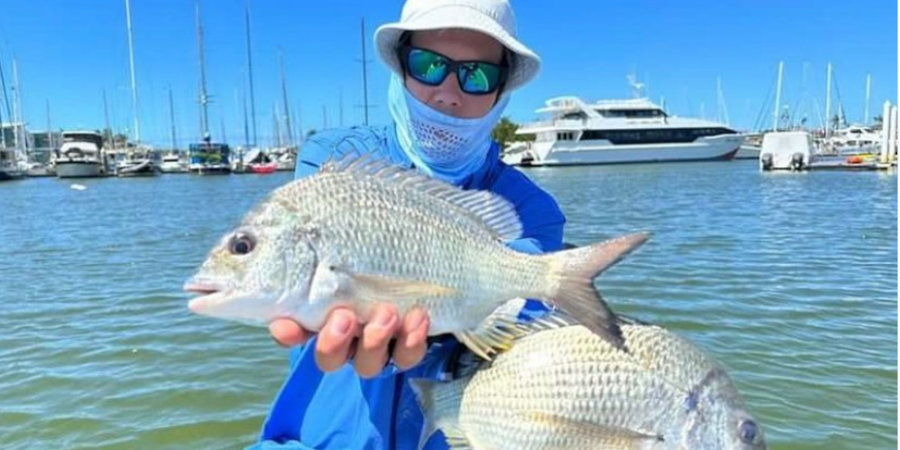
Ben Monforte’s Revolutionary Approach to Moreton Bay Bream Fishing
Ever considered using Japanese Free Rigging techniques to target bream? That’s exactly what today’s guest Ben Monforte shares with us in a fascinating techniques-based interview.
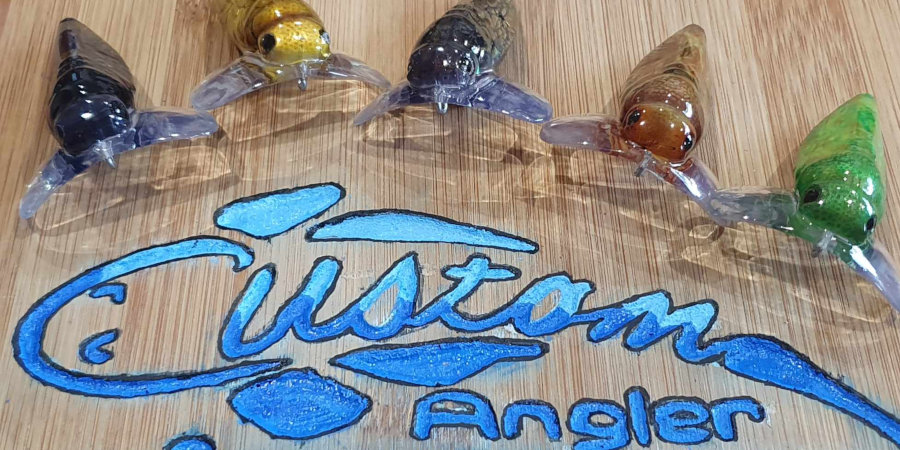
On Yamba Bream, Pimping Lures and the WRFL With Laurie Anderson
Yamba can be an exceptional fishing spot – and bream are high on the list of targets for many anglers. Tournament fisho and lure customiser Laurie Anderson shares her tips and advice in this episode.
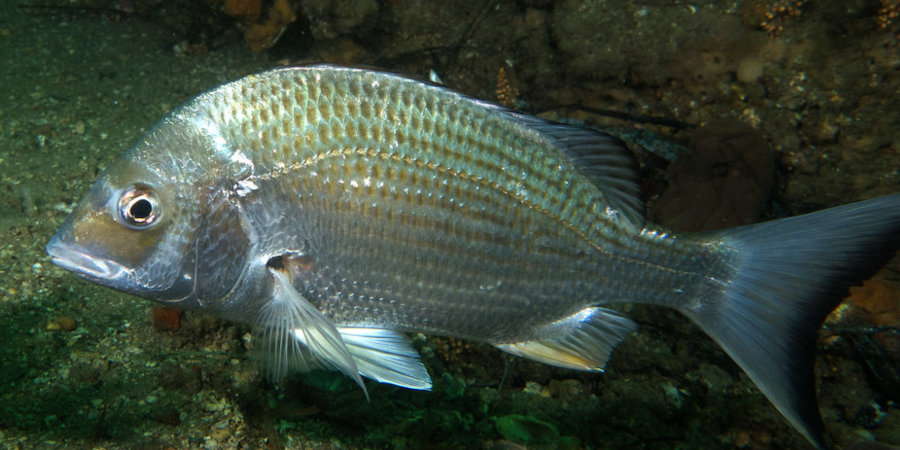
The Art Of Luring Bream
Tim “The Bream” Morgan is highly respected for his achievements on the tournament bream circuit, so when he gets chatting to fellow bream gun Andrew Death, you’d better believe that the pro tips will start flowing!
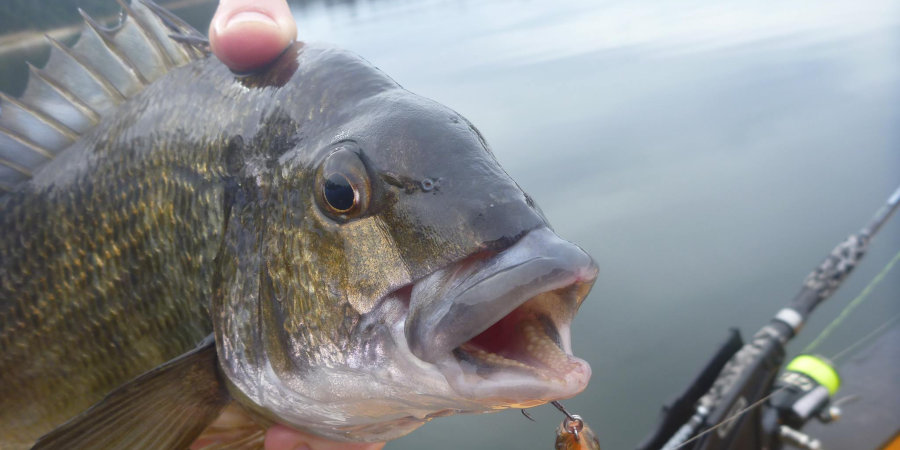
Mastering Bemm River Bream: Expert Tips from a Tournament Champion
The Bemm River system is spectacular, but not necessarily the easiest place to chase bream on lures. Luckily, we have kayak tournament champion Joel Crosbie to share his tips and advice.

The Five Best Fishing Spots In Sydney With Luke Kay
The greater Sydney area has no shortage of fishing opportunities for lure tossers, as today’s guest Luke Kay shares in this interview. From the bays and estuaries to the ocean rocks, Luke takes us through where he likes to go in search of fish.


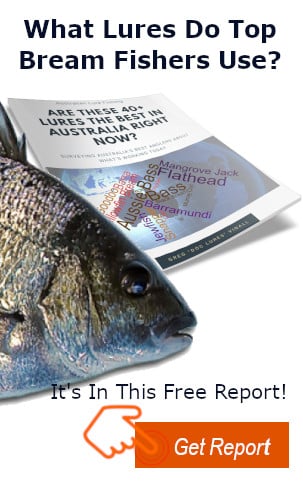

0 Comments